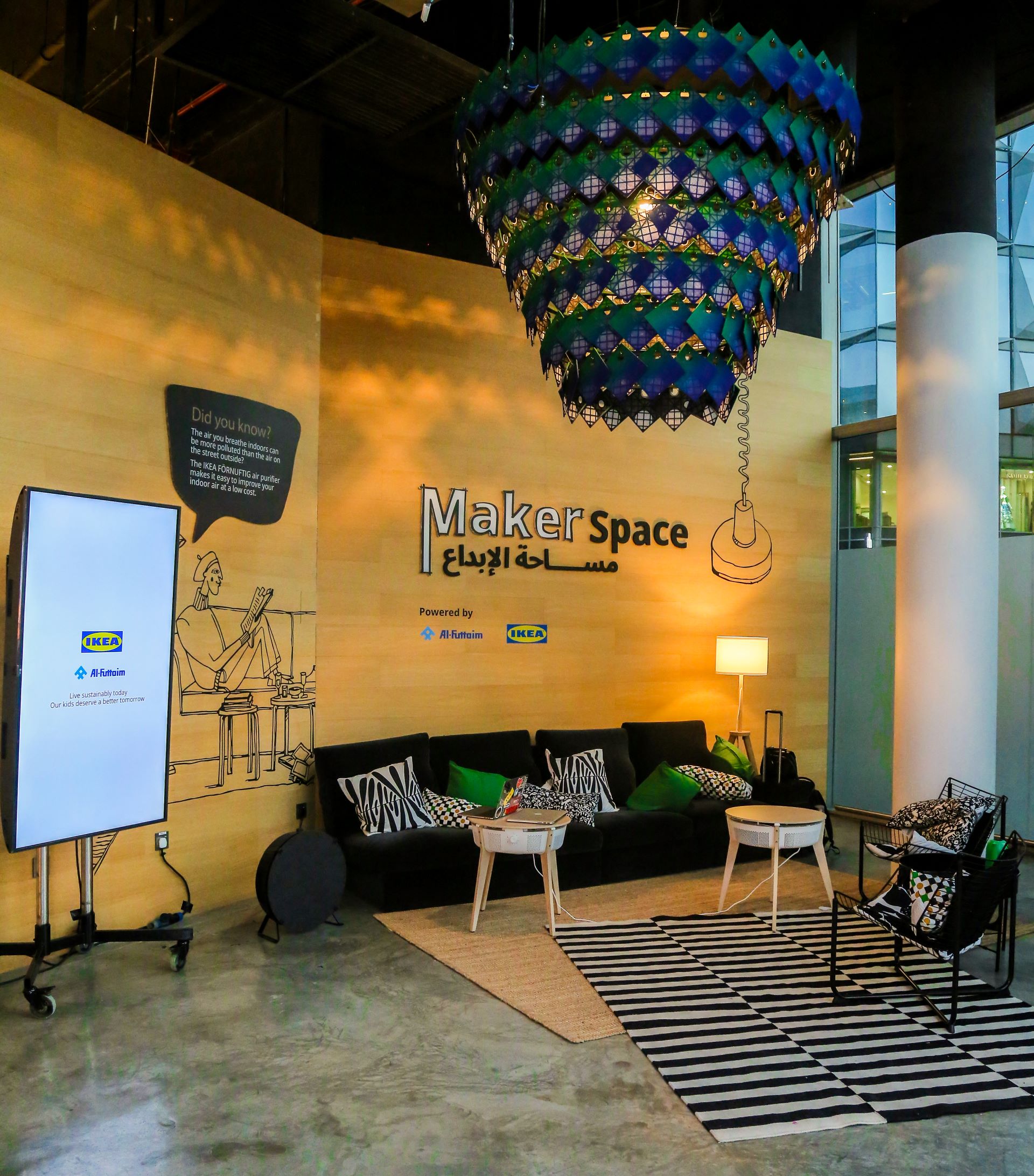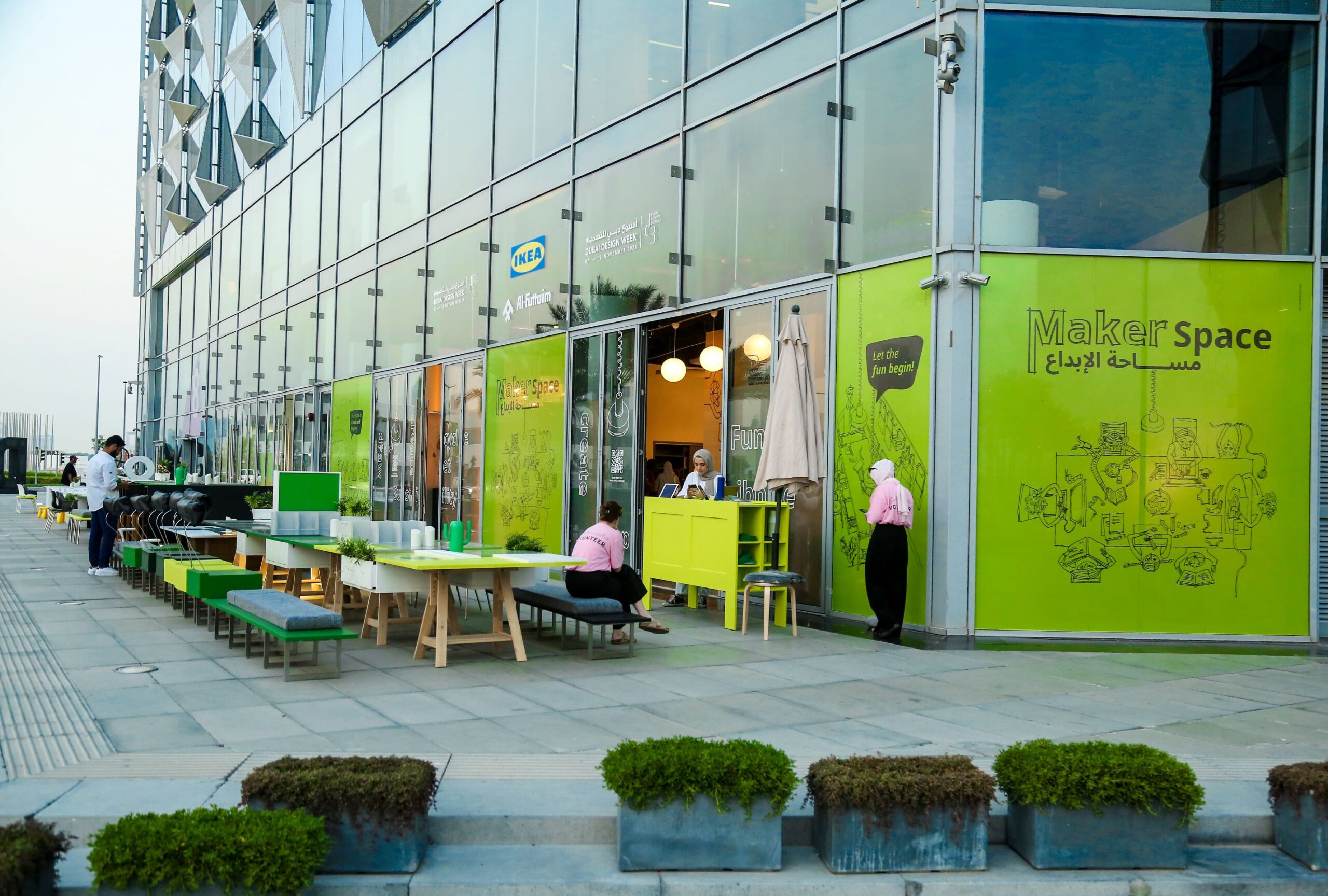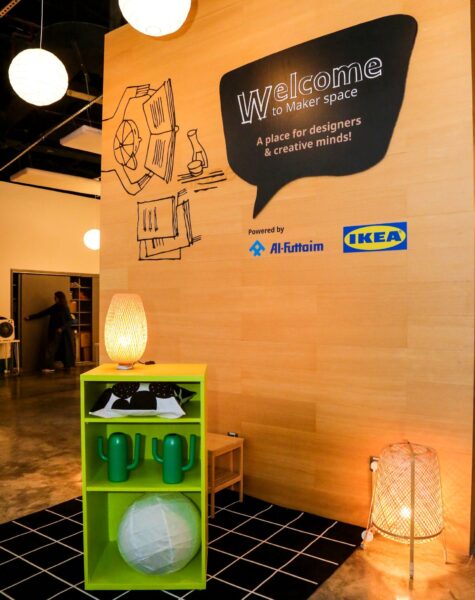
Al-Futtaim IKEA revealed a 30-metre-long community table to celebrate Dubai Design Week.
The revealed community table is made entirely out of used furniture that would other go to the landfill.
The table also aligns Al-Futtaim IKEA with UAE’s sustainability vision along with the upcoming COP28.
The initiative promotes the Swedish retailer’s vision of using only renewable or recycled materials to offer furniture solutions to customers, while extending the lifespan of products and materials.
The community table also acts as a piece of art, but also is functional for meals.
It was designed by IKEA designers and co-created with Adimas Bayu, an illustrator and upcoming doodle artist, along with Grade 5 and Grade 6 students of the Universal American School.
The table aligns with the core themes of conserving energy, preserving water, reducing food waste, and safeguarding biodiversity.

Vinod Jayan, Managing Director of Al-Futtaim IKEA in UAE, Qatar, Oman and Egypt highlighting the significance of the table said, “The community table is a great example of raising awareness among consumers on the importance of sustainability and the role they can play in contributing towards a circular economy.
“It encourages consumers to think about the life cycle of products and the value of reusing and recycling materials.
He added that IKEA’s mission in creating the table is all about “championing circularity” for its consumers.
“Our approach for designing and developing IKEA home furnishing products is to ensure that they integrate good function, beautiful form of long-lasting quality, while also securing sustainability and low price.
“We want to not only encourage people to protect the planet but also fosters a sense of community amongst artists.”

Building a hands-on sustainable experience
Al-Futtaim IKEA also launched a Maker Space at Dubai Design District.
The space showcased IKEA’s sustainable furniture range, while providing consumers with hands-on experience about the functions of the eco-conscious products.
The Maker Space also included workshops that took visitors into the world of creative sustainability, where they transformed cushions and crafted collages from old catalogues.









